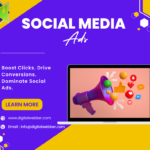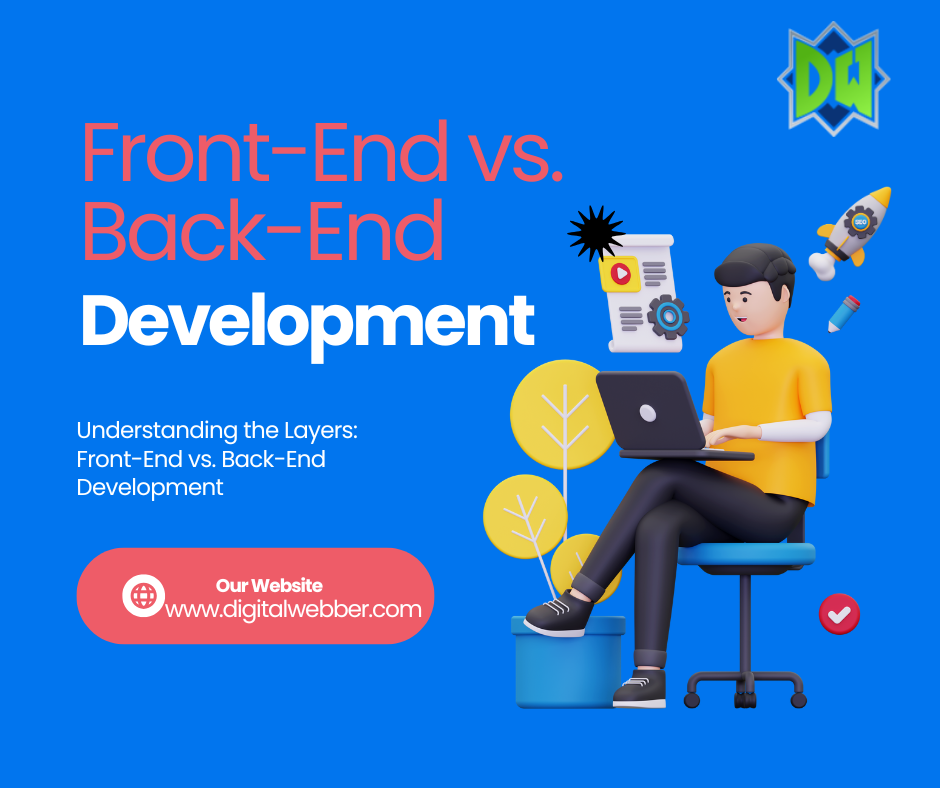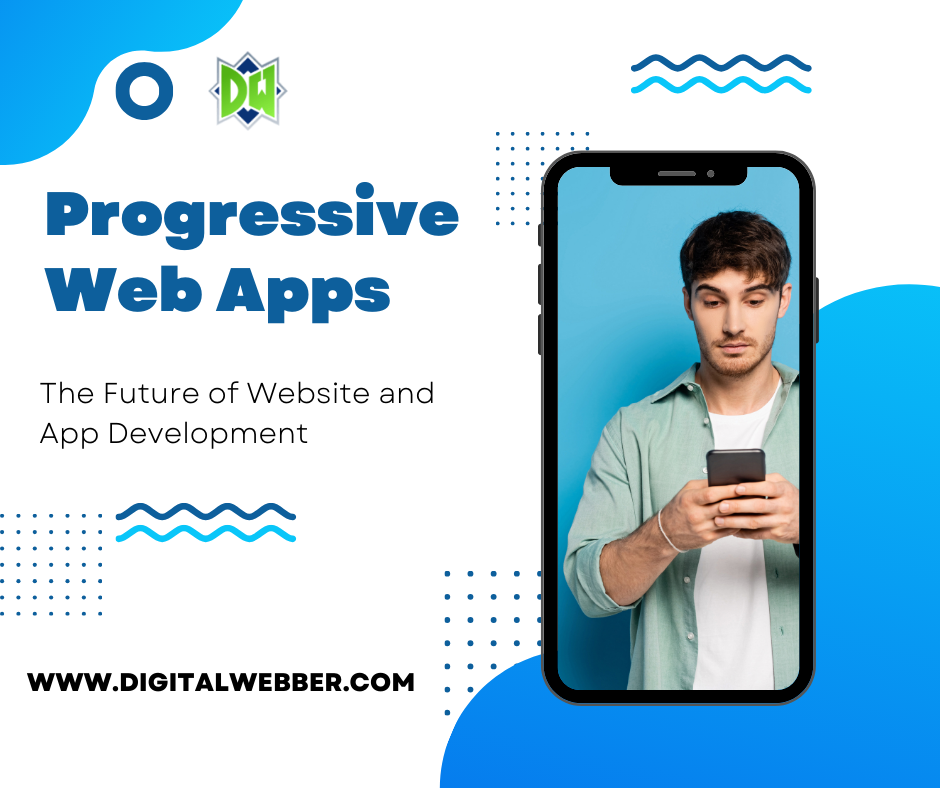In today’s connected world, a website is not just a virtual storefront but a marketing, branding, and sales platform. Central to a website’s success are two critical components: end users’ satisfaction or the experience gained from using a particular product (UX) and the exterior appearance and design of products or software interfaces (UI). They dictate how users approach and engage a site and define the consumption experience. This blog post by Digital Webber is focused on the importance of UX/UI for efficient website development work and describes why it is crucial for business.
UX/UI: Website Development Lies In Its Core
Simplicity is the ultimate reason behind web development, or, more accurately, a user-friendly experience is the ultimate goal behind website development. UX is ‘User Experience’ and refers to how users perceive a site as comfortable, convenient, and adequate. While UX is all about content, layout, and tangible features that the users click on, UI is all about appearance and the graphic interface of the-design.
The website should have the best balance between UX and UI. A website with eye-popping graphics that are almost impossible to use confuses people; for one, suitable structures that lack attractive colors may not attract attention. Doing both guarantees a site that will be not just opted for by the audience but a site it will be constantly returning to as a result of a higher level of engagement.
Why Website Development Matters For SEO
UX/UI design plays more roles than people expect; for instance, usability directly influences user satisfaction and, most importantly, website search engine optimization. Currently, Google and other popular search engines use factors that indicate the users’ interest while on a particular site, for example, the bounce rates and the page load times. Other issues affecting websites with bad user experience include higher bounce rates and lower search ranks. On the other hand, UX/UI has specific positive consequences concerning SEO; great UX/UI can increase dwell time, reduce bounce rates, and subsequently lead to enhanced conversions.
The Role Of UX/UI In User Retention In Website Development
A prospect can either be encouraged to move further on the website or disengaged by the first they get a glimpse of the website. Users quickly leave websites that need to be better laid out or filled with unneeded components. The last large category of website development principle is to provide a user with the proper experience from when he enters the site to when he leaves.
Using a logo improves usability for the return of users to the site through effective UX/UI design and reduces navigation difficulty. Every visitor must be clear; after some time, they must search for something in the place they visited. UI leads users in the right direction if adequately designed. At the same time, UX guarantees end-to-end positive user experiences, thus minimizing their frustration and extending their time with your product.
Implementing UX/UI on Website Development
Incorporating solid UX/UI into website development is a must-have strategically. Here are vital steps to follow:
Research you’re audience: Thus, it is critical to identify your target consumers before starting a design. What are their goals? What do they want it to be like? This understanding helps develop a site that meets users’ needs.
Simplify Navigation: Accessibility of the controls, especially the navigation system, is vital for usability. Ensure that the menu is not cluttered so that it would be easy for the visitor to find something he is looking for. The authors’ frustrations and high bounce rates observed with non-intuitive navigation menus are well understood.
Ensure Mobile Responsiveness: It should go without saying that in today’s predominantly mobile environment, ensure your website will work across all resolutions. A lot of internet traffic goes from portable devices; therefore, having a friendly website for portable devices is a plus to better UX and increasing the chances of a better search engine optimization rating.
Optimize for Speed: Undoubtedly, this is one of the most critical factors that impact UX and search engine optimization. Pages that take much time to load will lower the spirits of users and will also lose traffic. Reducing the page loading time by minimizing image size and the number of redirections and enabling caching increases user satisfaction and the site’s ranking.
Benefits of Strong UX/UI in Website Development
Investing in UX/UI during website development offers several advantages for businesses:
Improved customer satisfaction: A trustworthy and well-organized website helps users create a positive impression. This trust improves conversions, or the number of people willing to act under a call to action, whether to purchase, subscribe to a newsletter, or fill out a form.
Enhanced Search Engine Optimization Performance: An aesthetic UX/UI enhances the rate at which people stay on sites rather than bouncing off. Search engines get clues that the site is valuable, increasing the rank in the search.
Competitive Edge: With so much competition lurking virtually, it’s an effective way to stand out from the crowd with merely a good design of their website. A well-designed, intuitive, and mobile-friendly website impacts the business, leading it ahead of others who overlook these factors.
Conclusion
It is well argued that UX/UI is central to website design and development. These elements explain how users engage with the site, the duration, and whether the intended action is accomplished. Unattended UI/UX can lead to high bounce rates, low user engagement, and low search engine optimization status. Suppose businesses focus on an easy-to-navigate, good-looking, responsive design. In that case, they can provide everyone interested in their services with a pleasant experience that users and search engines will appreciate.
Implementing UX/UI into website development helps because it possesses appealing visuals and a good design and interface. This balance is essential to deliver value to the users and ultimately sustain the business in the modern, competitive digital space. Whether a company is entering the online space and establishing a new site or working to optimize its current site, paying attention to UX/UI will allow a business to succeed online.


























